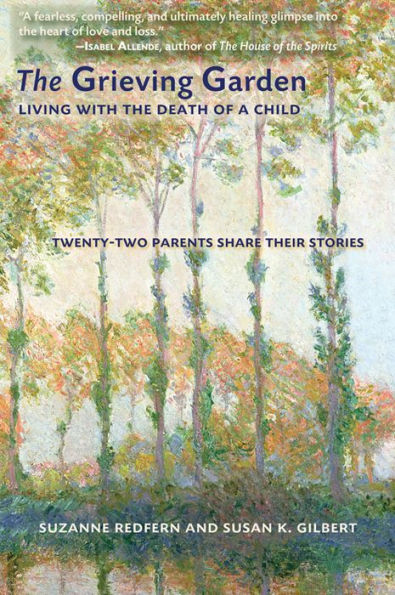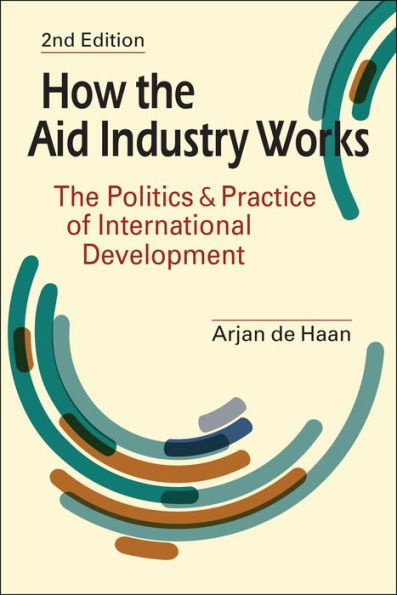Home
Against Death: The Practice of Living With Aids
Barnes and Noble
Loading Inventory...
Against Death: The Practice of Living With Aids
Current price: $36.99
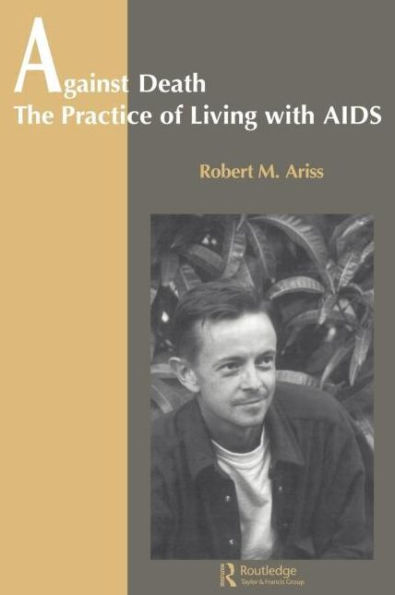
Barnes and Noble
Against Death: The Practice of Living With Aids
Current price: $36.99
Loading Inventory...
Size: OS
*Product information may vary - to confirm product availability, pricing, shipping and return information please contact Barnes and Noble
Robert Ariss - activist and academic - had a unique vision of HIV/AIDS. As an HIV seropositive individual for many years before his death on May 9, 1994, he was a full participant in, and critic of, the development of the gay community's response to the HIV epidemic both in Australia and internationally. Though Ariss' life is a definite presence in this study,
Against Death: The Practice of Living with AIDS
is not an autobiography. Instead, it is a unique and critical account of a public health crisis, a community's response, and the politics of sexuality. It was in Sydney, Australia, world-famous for its Gay and Lesbian Mardi Gras, that Robert Ariss lived and worked. It is his vision of that community - of its members infected with and affected by HIV - which is documented in this remarkable anthropological study. Yet the study's implications reach beyond Sydney to all communities living with HIV and AIDS.
Against Death: The Practice of Living with AIDS
is not an autobiography. Instead, it is a unique and critical account of a public health crisis, a community's response, and the politics of sexuality. It was in Sydney, Australia, world-famous for its Gay and Lesbian Mardi Gras, that Robert Ariss lived and worked. It is his vision of that community - of its members infected with and affected by HIV - which is documented in this remarkable anthropological study. Yet the study's implications reach beyond Sydney to all communities living with HIV and AIDS.
Robert Ariss - activist and academic - had a unique vision of HIV/AIDS. As an HIV seropositive individual for many years before his death on May 9, 1994, he was a full participant in, and critic of, the development of the gay community's response to the HIV epidemic both in Australia and internationally. Though Ariss' life is a definite presence in this study,
Against Death: The Practice of Living with AIDS
is not an autobiography. Instead, it is a unique and critical account of a public health crisis, a community's response, and the politics of sexuality. It was in Sydney, Australia, world-famous for its Gay and Lesbian Mardi Gras, that Robert Ariss lived and worked. It is his vision of that community - of its members infected with and affected by HIV - which is documented in this remarkable anthropological study. Yet the study's implications reach beyond Sydney to all communities living with HIV and AIDS.
Against Death: The Practice of Living with AIDS
is not an autobiography. Instead, it is a unique and critical account of a public health crisis, a community's response, and the politics of sexuality. It was in Sydney, Australia, world-famous for its Gay and Lesbian Mardi Gras, that Robert Ariss lived and worked. It is his vision of that community - of its members infected with and affected by HIV - which is documented in this remarkable anthropological study. Yet the study's implications reach beyond Sydney to all communities living with HIV and AIDS.
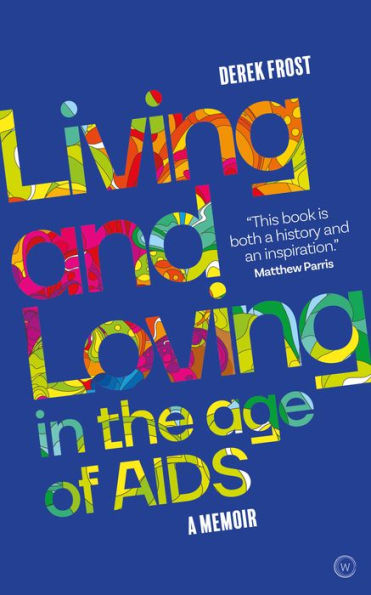
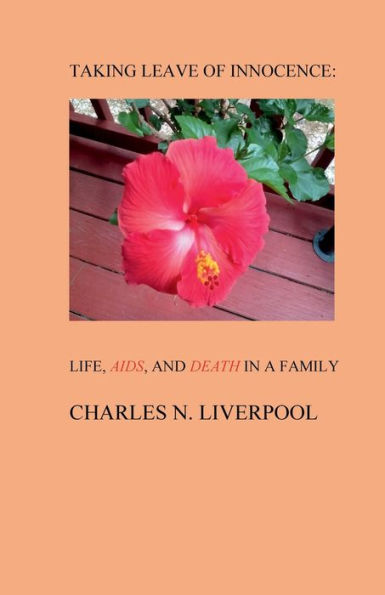
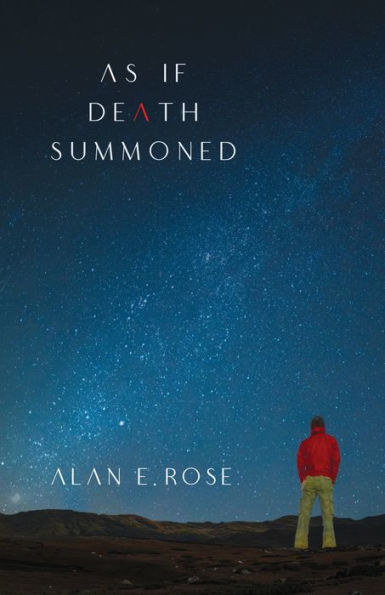
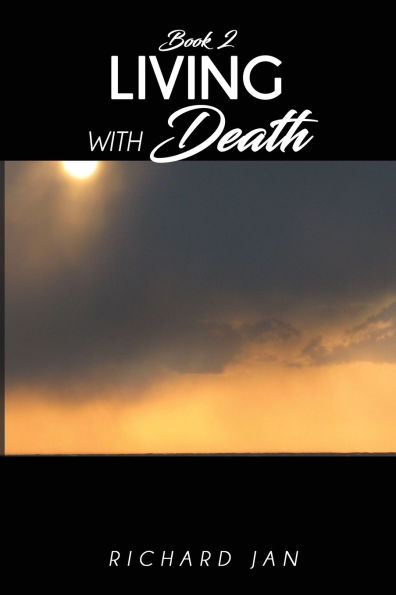
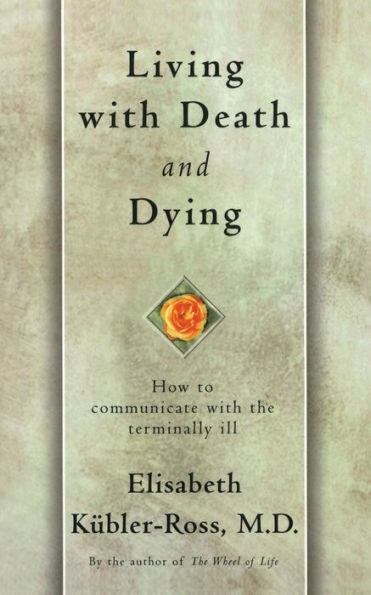
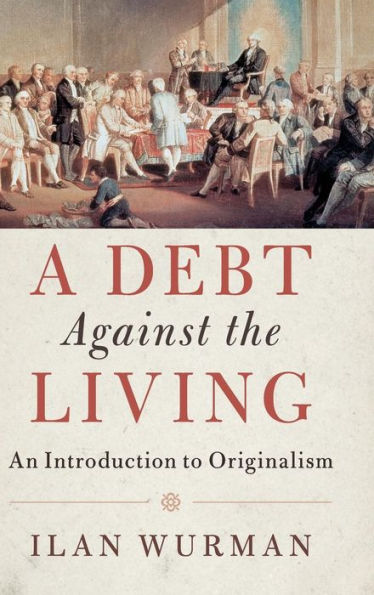
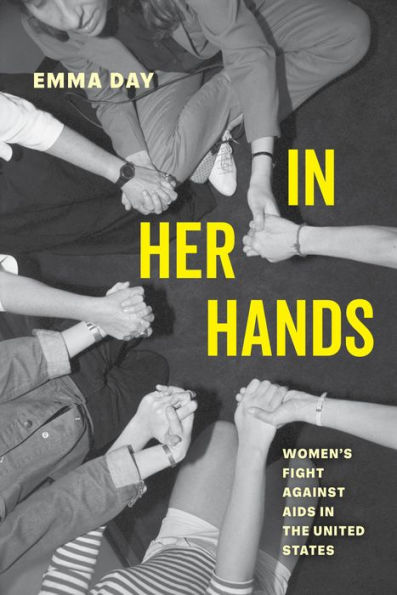

![The Hero Twins: Against the Lords of Death [A Mayan Myth]](https://prodimage.images-bn.com/pimages/9781580138925_p0_v2_s600x595.jpg)
